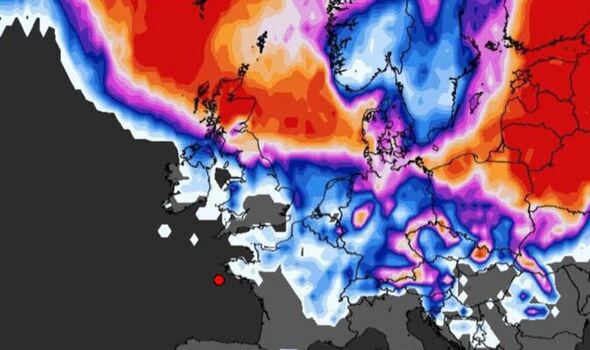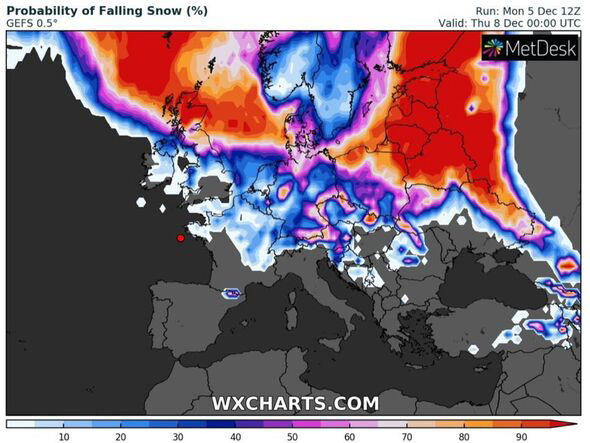(Reuters) - Decades-high inflation and the impact of war in Ukraine have forced companies across Europe into lay-offs or hiring freezes.

The logo of H&M is on display outside a store in Moscow© Thomson Reuters
Here are some of the companies that have announced cuts:
AIRLINES, AUTOS, TRAVEL
* AIR FRANCE: France's flagship carrier was in talks to shed nearly 300 ground-staff positions through voluntary redundancies, newspaper Le Figaro reported in June.
* FINNAIR: the Finnish airline will cut about 150 jobs, of which 90 are in its home country, as part of a plan to return to profitability.
* MICHELIN: the tyre maker plans to cut up to 1,600 jobs in France, fewer than the 2,300 estimated in its initial voluntary redundancy plan as it seeks to safeguard production.
* STELLANTIS: the world's fourth largest carmaker indefinitely laid off an unspecified number of workers at its stamping plant in Michigan to mitigate supply chain impacts.
INDUSTRIALS AND ENGINEERING
* ALFA LAVAL: the Swedish engineering group launched restructuring drive at its energy and marine units affecting around 500 employees.
* HUSQVARNA: the garden equipment and tools maker will cut 1,000 jobs, the vast majority of them related to the shift from petrol to battery-powered tools.
* SIEMENS GAMESA: the Spanish wind turbine maker plans to cut 2,900 jobs, mostly in Europe, as part of a plan to return to profitability
* VALMET: Valmet launched negotiations in May for temporary layoffs at its valve factory in Helsinki of up to three months, affecting about 340 employees, due to reduced orders caused by the war and China's COVID-19 restrictions.
FOOD, GENERAL RETAILERS AND CONSUMER GOODS
* CLAS OHLSON: the Swedish hardware store chain said it would cut about 85 full-time jobs amongst other measures to deliver cost savings and reduced depreciation.
* H&M: the Swedish fashion giant, which employs roughly 155,000 people, will cut some 1,500 jobs as part of a 2 billion crown ($189.5 million) savings drive.
* ICA Gruppen: the Swedish retailer said it would cut about 200 jobs due to rising costs, inflation and decreases in disposable income in order to save some 1 billion Swedish crowns annually.
* GETIR: the Turkish fast grocery delivery firm plans to cut 14% of its staff globally due to rising inflation and costs, a source told Reuters.
* SALMAR: the Norwegian fish farmer announced temporary layoffs of 851 employees as the Norwegian government plans to hike taxes on salmon farms to aid its fight with inflation.
* HENKEL: the German company behind Schwarzkopf will cut about 2,000 positions due to low demand for its products, as well as rising costs and global supply chain issues.
BANKS AND FINANCIALS
* KLARNA: the Swedish payments company is slashing 10% of its 7,000-strong workforce after rampant inflation and the war in Ukraine hit business sentiment
* MONTE DEI PASCHI DI SIENA: the Italian state-owned bank has agreed with unions to cut 4,125 staff, out of a total of 21,015, by the end of the year through a costly, voluntary early retirement scheme
TECH
* PHILIPS: the Dutch medical equipment maker will cut around 4,000 jobs, or 5% of its workforce, to counter falling sales and after a massive recall of its respiratory machines
* SINCH: the Swedish cloud communications company will lay off 150 staff, almost 4% of its workforce, as it targets gross savings of at least 300 million Swedish crowns per year.
OTHER
* BASF: the German chemicals maker announced a new savings programme that will include an undisclosed number of job cuts, and later said its European operations needed to be "permanently" reduced.
Source: Regulatory filings, Reuters stories and company websites
($1 = 10.4142 Swedish crowns) (This story has been refiled to fix a typographical error in the headline with no changes to text)
(Compiled by Agata Rybska and Louise Breusch Rasmussen in Gdansk; Editing by Milla Nissi and Alexander Smith)




























